
New HIV Diagnoses in Australia Drops To Historic Low
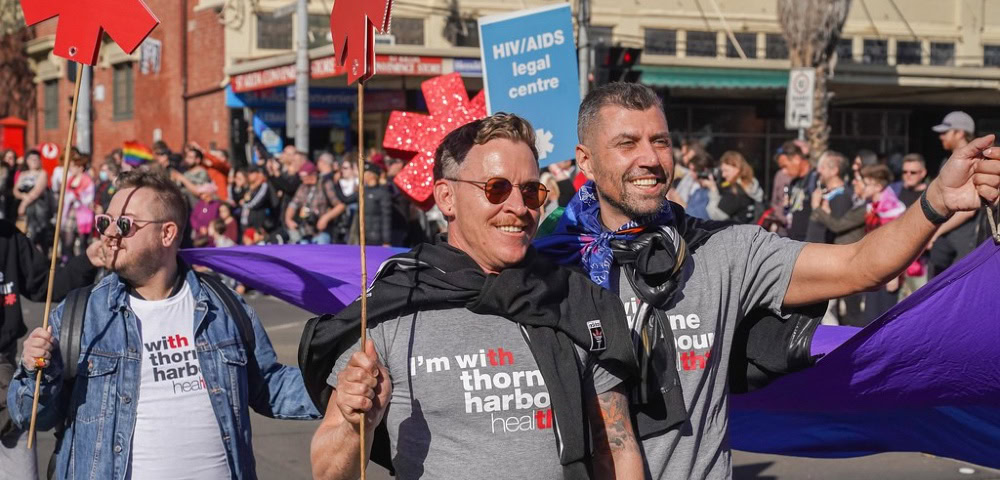
New HIV infections recorded in Australia hit a historic low in 2020. Data released by the Kirby Institute at UNSW Sydney on December 1, World AIDS Day, revealed that there were 633 new HIV diagnoses in 2020, a steep fall of 30 % since 2019 and the lowest annual numbers since 1984.
Of the new cases, around 67 % were among gay and bisexual men, around 24 % were atrributed to heterosexual sex and the remaining to injecting drug use and other exposures.
Among Aboriginal and/or Torres Strait Islander people, there was a similar drop – 18 new HIV diagnoses, a decrease of 28 % since 2019.
Impact Of COVID-19
MEDIA RELEASE; Maintaining Momentum Towards Ending HIV In Wake Of COVID Pandemic #WorldAIDSDay
➡️ https://t.co/xaimjXuccM pic.twitter.com/aav2iEuVKE
— ACON (@ACONhealth) December 1, 2021
“Australia has seen declines in new HIV diagnoses over the past six years, particularly among gay and bisexual men. This reflects a range of prevention approaches, including sustained community-led responses, increased testing and treatment strategies, and high uptake of the HIV prevention medication PrEP,” Dr Skye McGregor, epidemiologist and head of the Surveillance Innovation Group at the Kirby Institute, told Star Observer in an email interview.
The other pandemic – COVID-19, appeared to have played a significant role in the sharp decline in the numbers in 2020, according to the Kirby Institute. The lockdowns and restrictions meant people had lesser opportunities to engage in sex, but were also less likely to get themselves tested.
As a community, we struggled with this terrible disease.
I was proud to stand with the community, and alongside incredible organisations like the AIDS Action Committee and the Bobby Goldsmith Foundation, which provided care and support to those affected.— Clover Moore AO (@CloverMoore) December 1, 2021
“The larger decline in 2020 likely reflects both the impact of these prevention strategies, but also COVID-19 restrictions, which have had an impact on sexual activity and testing patterns, as well as travel in and out of Australia,” said Dr McGregor.
“COVID-19 restrictions meant it was harder for people to sustain regular testing. Many people may have put off testing until it is easier to access health care. Such delays have been seen in many other areas of preventative health, for example cancer screening.”
Less Testing, Late Diagnoses
Join us for #WorldAIDSDay2021 to acknowledge that people living with HIV are not forgotten and that we continue in our efforts toward the prevention of HIV, the removal of barriers to testing & treatment and access to services without stigma.https://t.co/OFrqzUjMu8 pic.twitter.com/Mn1PTCUmtD
— Living Positive Victoria – LPV (@livingposvic) November 10, 2021
The delay in testing was reflected in the data with nearly 44 % of the cases categorised as “late diagnoses”. This meant that nearly half of the people who tested positive “had been living with the infection for four or more years without knowing it, and have missed the opportunity to be on highly effective life-saving treatment.”
McGregor pointed out that data from sexual health clinics showed that testing had gone down by 32 per cent in 2020.
“These late diagnoses numbers are a timely reminder that anyone who is sexually active should have regular sexual health check-ups. Remembering that for HIV and syphilis a blood test is required – it’s important to ask for a comprehensive sexual health screening,” said Dr McGregor.
HIV Self Tests Launched
Access to testing and new drug regimes for prevention could help maintain the downward trend, researchers believe.
On Wednesday, Atomo Diagnostics launched Australia’s only TGA approved HIV Self-Test. The devices that will retail for $25 each will be made available across pharmacies in Australia in 2022.
“Broad access to home-based HIV self-testing will make it easier for people at risk of HIV to get tested. We know we need to get HIV testing rates up again after COVID-19 restrictions. We also know that testing is not always easy to access and that some people, especially those from more marginalised groups, want more anonymity or convenience when they test. It is great news that Australians can now access HIV self-tests more easily than ever,” Dr Benjamin Bavinton from the HIV Epidemiology and Prevention Program at the Kirby Institute told Star Observer.
Earlier this year, it was also announced that the first long-acting HIV prevention medication might be available in the United States as early as the first quarter of 2022.
“New forms of PrEP will help to continue to drive down infections in people at risk of HIV by offering a greater suite of choices. Oral pills don’t suit everyone, so we will need more PrEP products to see continued increases in PrEP uptake,” added Bavinton.
End HIV By 2025
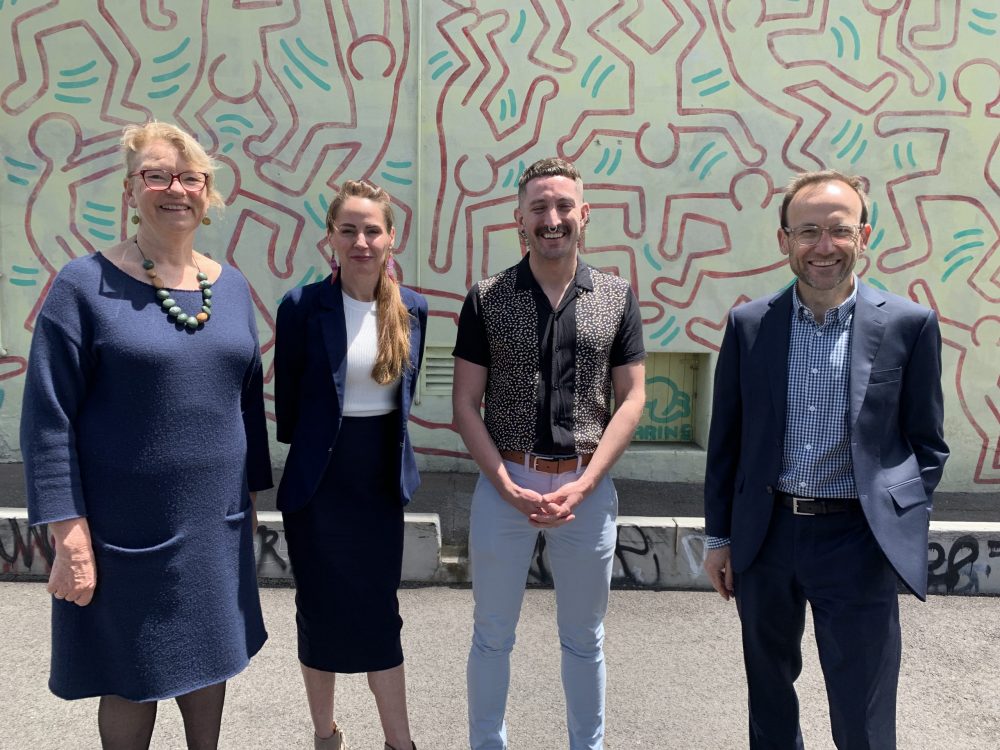
Australia is tracking well to meet the UNAIDS global targets to eliminate AIDS by 2030 – 95% of all PLHIV being diagnosed and knowing their status, 95% of those diagnosed are taking antiretroviral therapy and 95% of those on ART have achieved viral suppression.
According to Dr McGregor, there were estimated to be around 29,090 people living with HIV in Australia in 2020, of whom 91 per cent had been diagnosed, 91 per cent were on treatment and 97 per cent had a suppressed viral load.”
Chief Executive of AFAO (Australian Federation of AIDS Organisations), Adjunct Professor Darryl O’Donnell, however believes Australia needs to push harder to eliminate HIV transmission.
“This is entirely achievable with political will and investment. It will deliver a remarkable health achievement while also saving taxpayers billions of dollars in long term costs,” he said.
📷: Throwback to 2001, when UN Headquarters in NYC was lit up with the red AIDS ribbon, signifying our commitment to ending HIV.
Wednesday is #WorldAIDSDay. https://t.co/kcGHaZMhOd pic.twitter.com/uHO5tHkSVo
— United Nations (@UN) December 1, 2021
There is a large consensus among the political class for the Commonwealth’s Agenda 2025 to eliminate HIV in Australia by 2025.
Last month Greens Leader Adam Bandt had announced the party’s support for the Agenda 2025 and promised to commit $53 million to fully fund the initiative to end HIV.
“We have made extraordinary progress and virtual elimination of HIV is within reach. But it won’t
happen without new policy and additional investment. Today we’re committing the $53 million needed to remove barriers to testing and treatment for HIV, including out-of-pocket costs, and fund education programs to end HIV stigma for good,” Bandt said in a statement.
HIV Treatment For Those Not On Medicare
This will include more than $39 million over 5 years to support Australians living with HIV who are not eligible for Medicare, ensuring they can receive the treatment they need.https://t.co/1XwuOTvQhs
— Greg Hunt (@TheHonGregHunt) November 30, 2021
On the occasion of World AIDS Day, the Federal government made two significant announcements.
Federal health minister Greg Hunt announced around $11 million in new funding for peak HIV organisations and recommitted to the government’s Agenda 2025.
Hunt also announced that the Commonwealth will invest $39 million to provide HIV treatment for people who are ineligible for Medicare – a long-standing demand of the National Association of People Living with HIV Australia (NAPWHA) and AFAO.
“This is great news for this highly vulnerable group,” NAPWHA President Scott Harlum said in a statement.
“HIV positive people without access to Medicare will no longer have to rely on personal importation, drug trials or compassionate access arrangements to maintain their health.”
Push for Testing After Lockdowns
It’s #WorldAIDSDay – a lot has changed but 40 Years On #HIVstillmatters pic.twitter.com/HTRJ1mpdOS
— Thorne Harbour Health (@ThorneHarbour) November 30, 2021
With major cities including Sydney and Melbourne coming out of lockdown, the focus is to encourage people to get tested.
Last week, Victoria’s Health department announced that the state had recorded the lowest quarterly total of HIV diagnoses in two decades – 34 news cases of HIV were recorded in the the third quarter of 2021, with the total January to September diagnoses at 120.
“Since the COVID-19 pandemic, we have seen a continued decrease in HIV notifications in Victoria and further afield. As we come out of lockdown, we have a unique opportunity before us to maintain that momentum, but testing for HIV is key. By getting tested for HIV today, you can look after your sexual health and wellbeing as well as that of your sexual partners,” said Thorne Harbour CEO Simon Ruth.
Nicolas Parkhill, CEO of ACON, said that while there had been remarkable progress in the fight against HIV, 40 years after the first AIDS case was reported in the US, the fight was far from over.
“It it’s important to remember that HIV is still here and there is still a long way to go – particularly in the light of COVID-19. The disruptions brought on by that pandemic has had a significant impact on our response to the HIV epidemic,” Parkhill said in a statement.
“As we learn to ‘live with COVID’, we must ensure our communities maintain high testing rates, continue to use HIV prevention methods such as PrEP and Undetectable Viral Load, and initiate treatment as soon as they are diagnosed with HIV,” said Parkhill, adding that efforts to eliminate HIV stigma must continue.





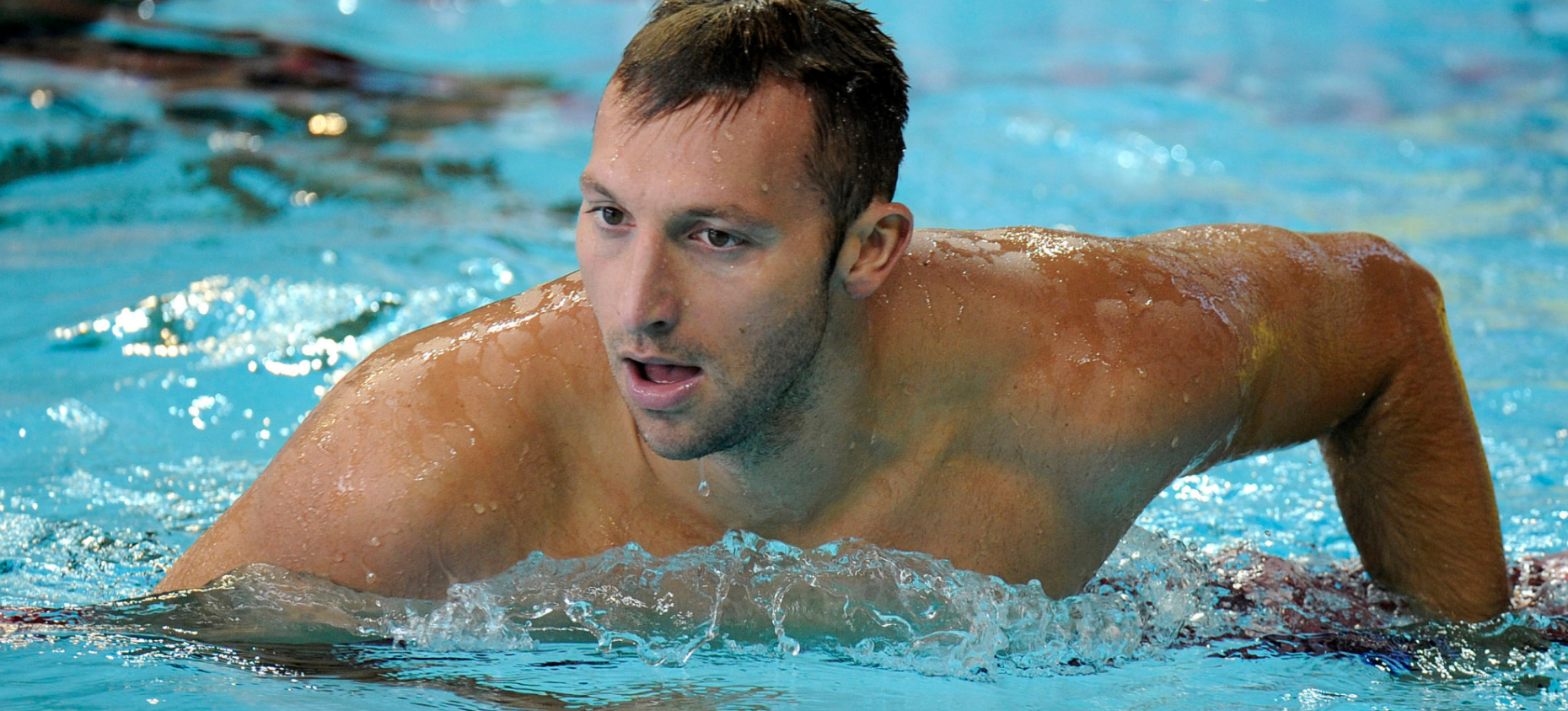

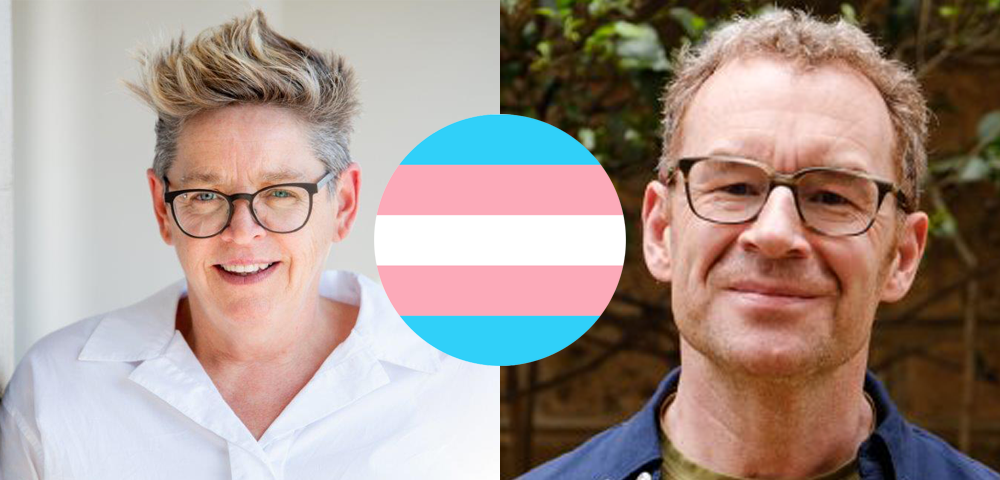
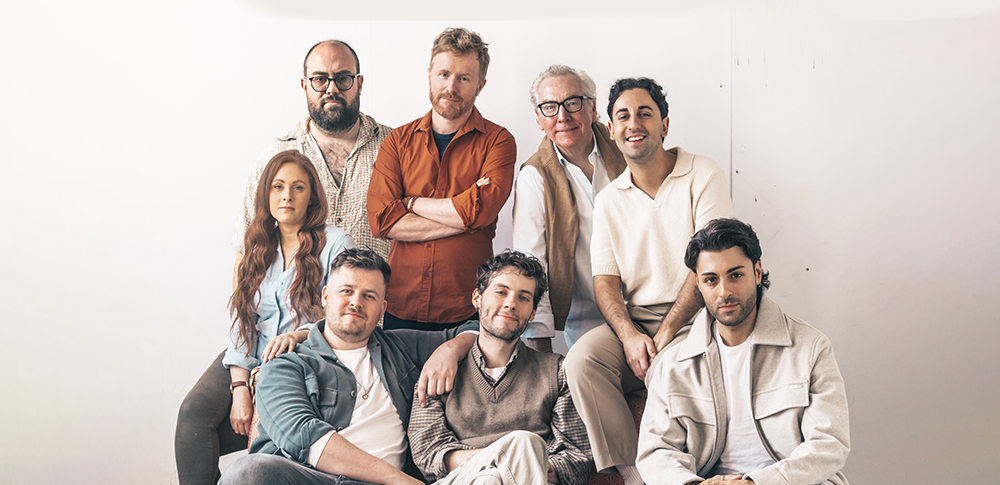
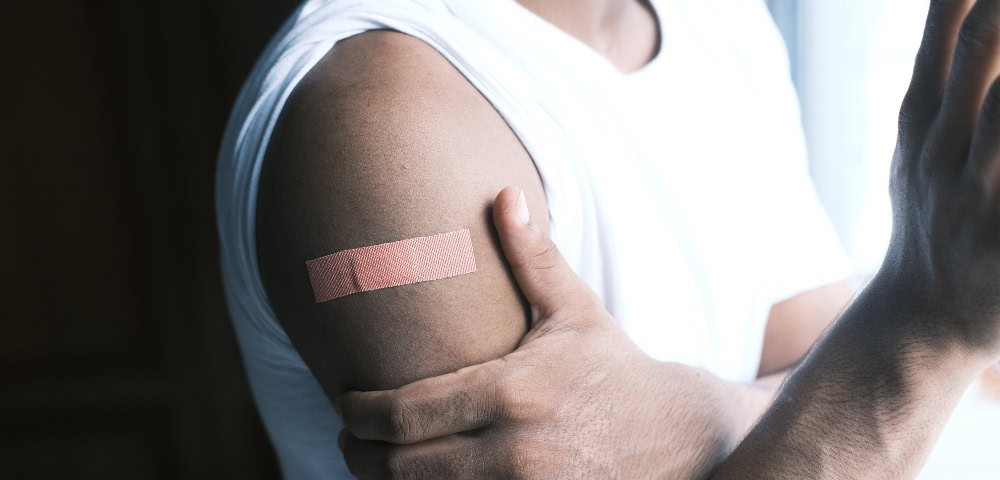
Protect yourself and your partner(s)
USE a condom and PREP….
Say goodbye to HIV/AIDs